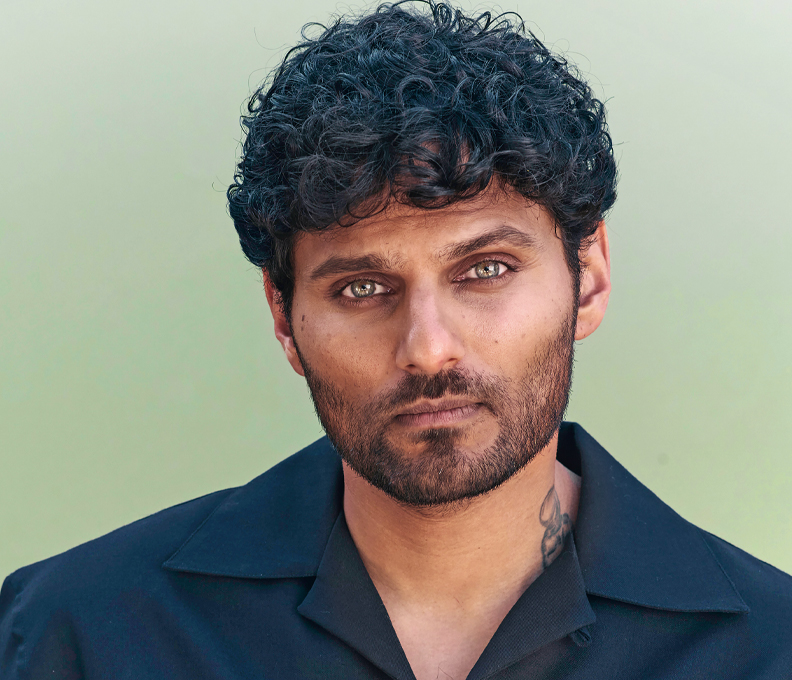Campbell Wilson: Leading Air India Through the World’s Biggest Airline Turnaround
Can the new CEO of Air India, Campbell Wilson, pull off the most audacious quest in the airline's history? Discover the inside story of his ambitious plans in this exclusive conversation
October 20, 2023
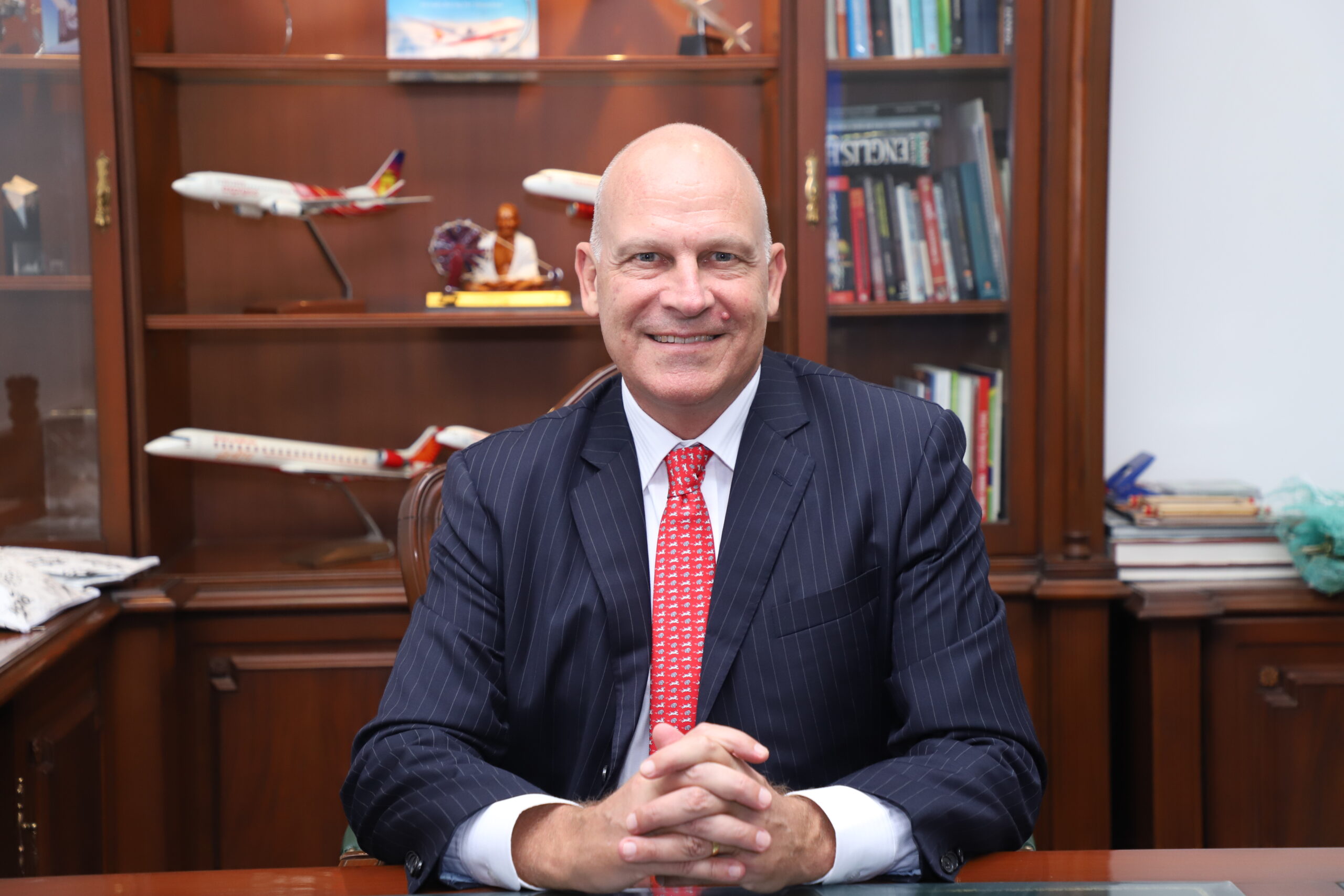
Photo: Courtesy of Air India
Campbell Wilson, founder and former CEO of low-cost carrier Scoot in Singapore, now takes the hot seat in India, tasked with probably the biggest airline turnaround in history. His mission: Make newly privatized Air India prominent again.
To say Wilson is busy is an understatement. Finding a time and place for him to catch up with Business Traveler somewhere on the planet was quite a challenge. After several tries, I finally met Wilson at the Paris Air Show. He discovered a secure refuge in the Boeing chalet, where he had already made a record of his order earlier in the year—a total of 470 new aircraft from Airbus and Boeing.
Biggest aviation turnaround
After a long day, we sat down. Despite his fatigue, he appeared calm and relaxed, with a dry sense of humor and the occasional smile. However, he was focused on business and got straight to the point. “There is a lot on the plate in the transformation of Air India,” he said. “It’s certainly the biggest aviation turnaround that I am aware of.” And this is his game to run, as he took over the top job at Air India in mid 2022.

Photo: Campbell Wilson, former CEO of Scoot. Courtesy of Scoot
Before that, the 52-year-old from Christchurch, New Zealand, had spent his entire career with Singapore Airlines (SIA), working in New Zealand, Canada, Japan and Hong Kong. Then he was tasked with founding SIA’s low-cost, long-haul offspring, Scoot, in 2011. He also spent four years as SVP of sales and marketing at SIA as part of its management committee.
Meanwhile, in October 2021, Tata Group, a well-known industrial conglomerate in India, invested $2.4 billion to acquire Air India and its low-cost subsidiary, Air India Express, as part of its privatization process. This event marked a historic moment as Tata Group’s former chairman J.R.D. Tata had initially established the carrier as Tata Airlines back in 1932.
Decades of decay under government ownership, a lack of funding, and extensive red tape and bureaucracy had left the once iconic airline in a sorry state, bleeding up to $2.6 million daily. Now Wilson must change all that.
All hands on deck
There is a saying—”Everything Tata touches turns into gold”—and that’s the league Wilson is playing in. “We feel the expectation,” he says. “People are proud of Air India’s legacy, and they are very desirous of Air India representing India internationally in a particular way.”
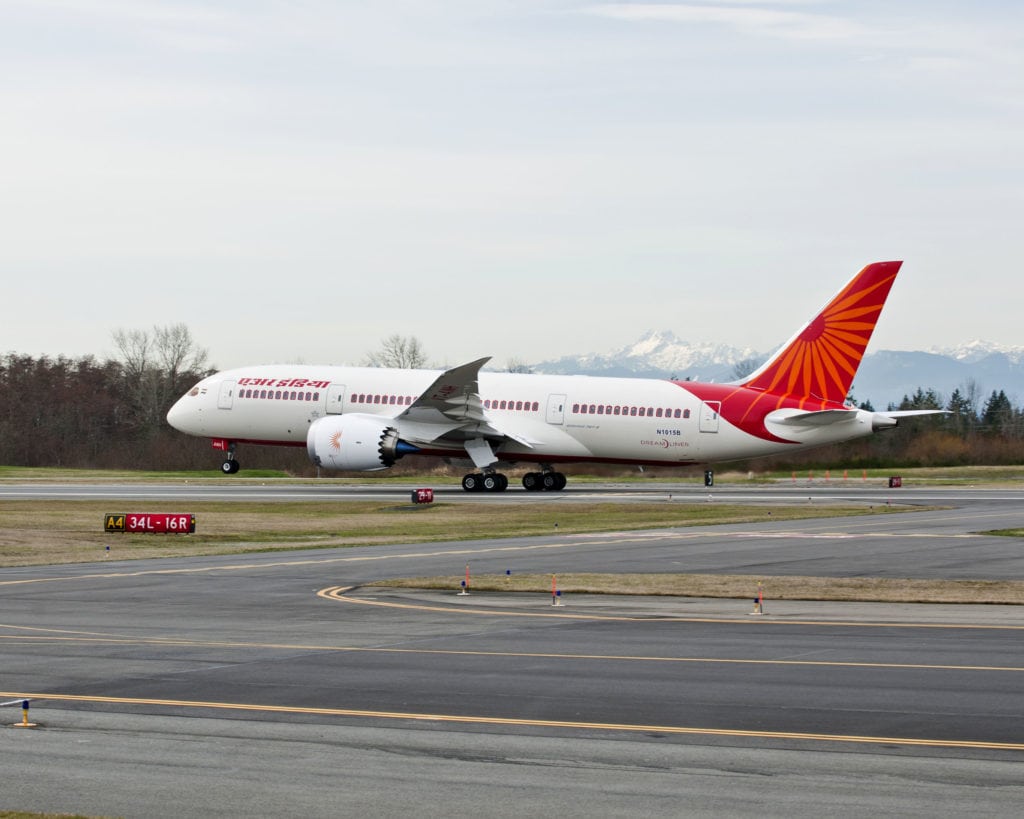
Photo: Air India, Boeing 787-8 Dreamliner. Courtesy of Boeing
“Everyone is impatient for it to happen,” he continues. “We are lucky we have 1.4 billion people cheering us on, even if they want us to be faster.” Campbell stresses that he intends to have Air India recognized once again as one of the best airlines in the world. “It can be done,” he says.
“Indian brands—not least Taj Hotels, which are also part of Tata Group—are at the forefront of service by any standard anywhere in the world, which indicates that it is certainly part of the Indian culture and possible for an Indian entity to achieve this. But it will take time.” According to the CEO, the good news is that with the backing of Tata, “all resources are being put in place for that to happen.”
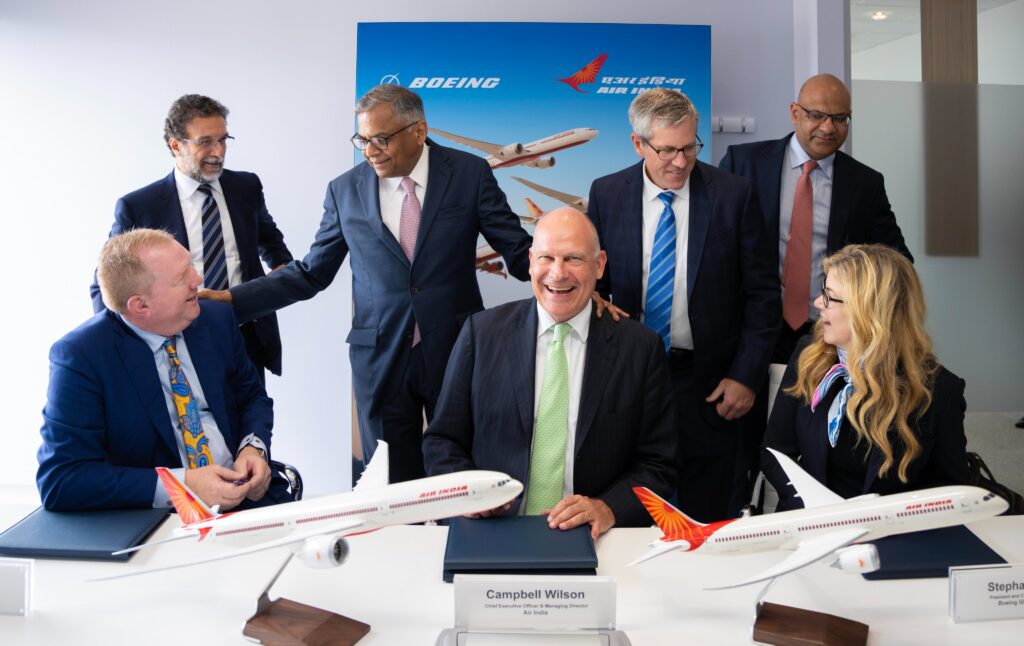
Photo: Air India celebrates historic order with Boeing. Courtesy of Boeing.
The investment made by the group in Air India is substantial and much needed. The recent order of 470 new aircraft is valued at around $70 billion. The airline’s first brand-new jets in a long time will join Air India before the end of the year, the first of six Airbus A350-900s built initially and configured for sanctioned Russian flag carrier Aeroflot.
Air India is also investing $400 million in new cabins for all existing wide-body aircraft, which will be revamped next year. Wilson has not confirmed if the new Air India premium product range will include a First Class cabin, although retrofitted Boeing 777s will still offer it.
New planes, new livery
These new planes will come with a brand-new Air India livery. Campbell revealed the first update to the airline’s corporate identity in decades in August, stating that it embodies the spirit of a daring and modern India. “The new design captures the essence of a bold new India, marking a milestone in the transformation of the national Indian institution into a national Indian and global inspiration,” he said.
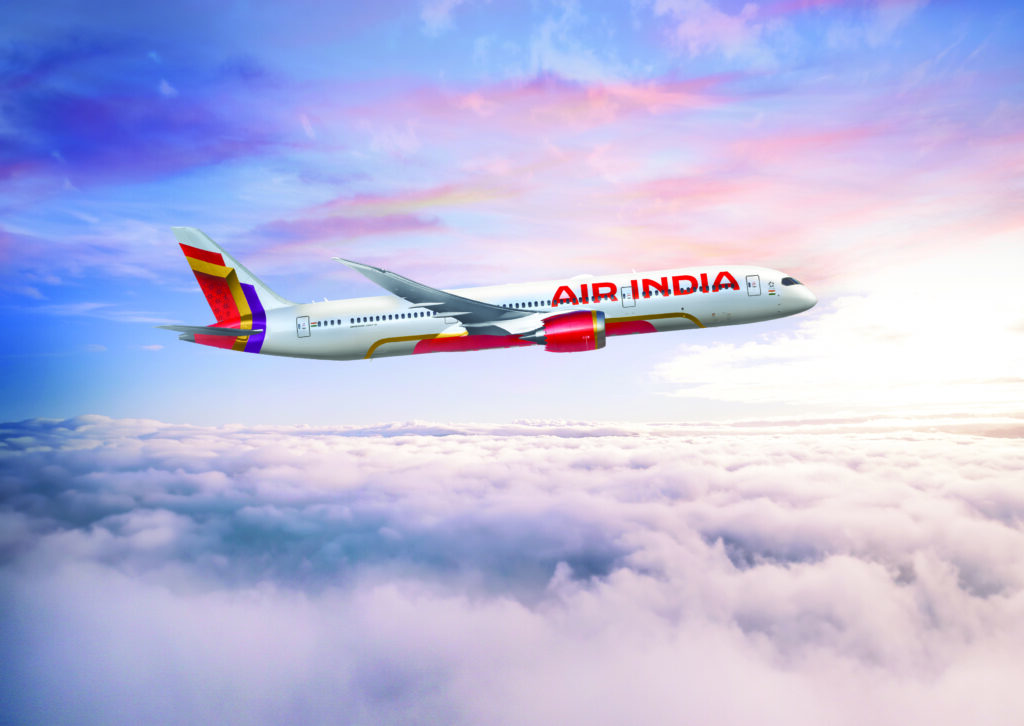
Photo: Courtesy of Air India
Air India’s iconic identity has undergone a significant transformation, departing from its long-standing image characterized by the maharaja logo, red and white hues, and rising-sun tail.
Featuring deep red, aubergine and gold tones, the airline’s new Air India Sans font and Vista logo integrate elegantly with the aircraft’s window patterns. The first plane featuring the new color scheme will be Air India’s first Airbus A350.
Staffing and route expansion
Campbell recognizes that one of his most prominent challenges is recruiting and training enough new workforce. “Air India hadn’t been recruiting anyone except flying crews for 15-odd years,” he says. “So there was a big succession and capability gap to be rectified, especially in the context of dramatic growth.”
Simultaneously, he is working on rapidly expanding the international route network by introducing more aircraft. Air India has boosted its flight frequencies to North America from its main airports in Delhi and Mumbai, including to New York and Vancouver. It has also launched a route from Bangalore to San Francisco.
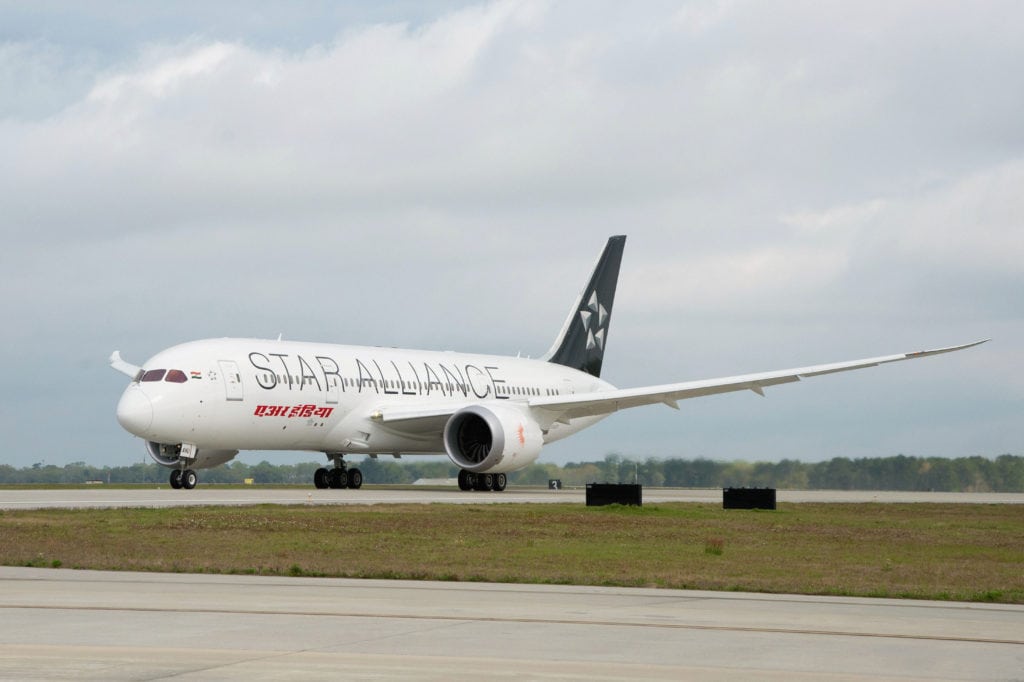
Photo: Air India, Boeing 787-8 Dreamliner in Star Alliance colors. Courtesy of Boeing
“We have grown our network a lot over the last nine months, with five new airports being online now in Europe,” he says. “The question for us is not: Do we have an opportunity at a certain destination? The question is: Which of the many opportunities we have has the highest priority? Overall, there are many more opportunities for us than we have aircraft.”
Wilson is a man on a mission, and he loves it. “There isn’t a job any more interesting on the planet,” he says. “If you want to challenge yourself, what better opportunity could there be?”

